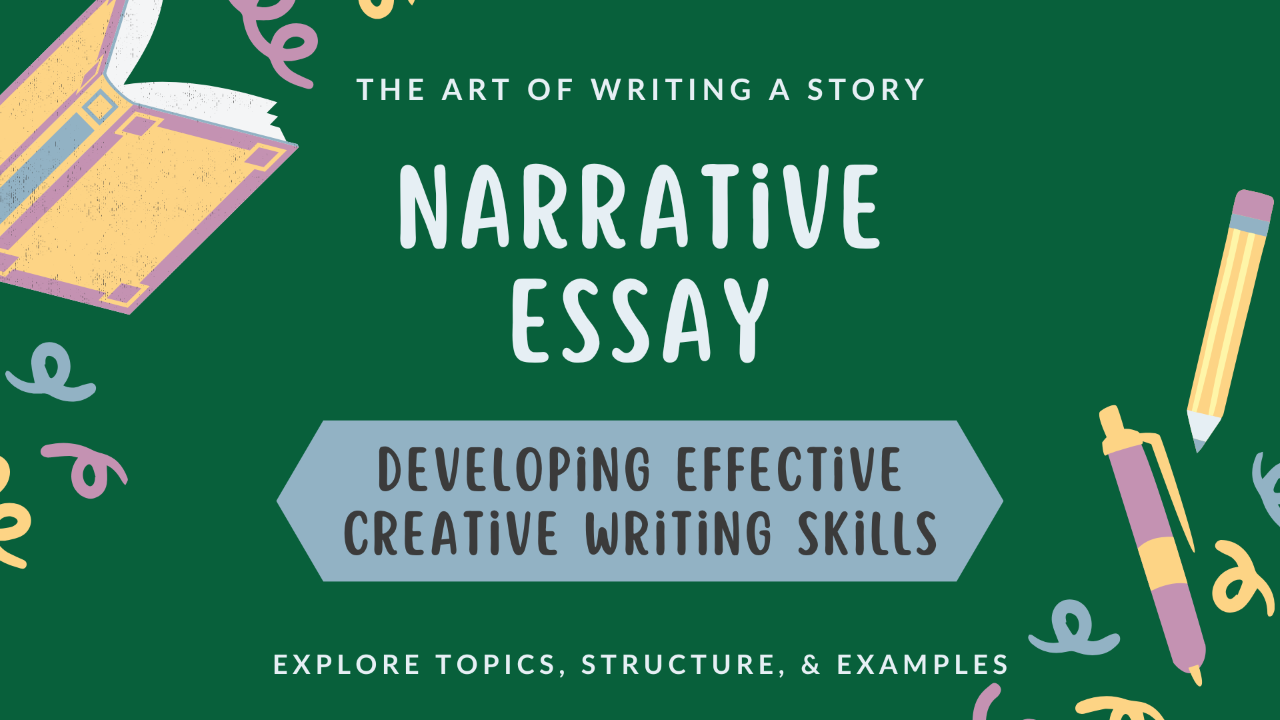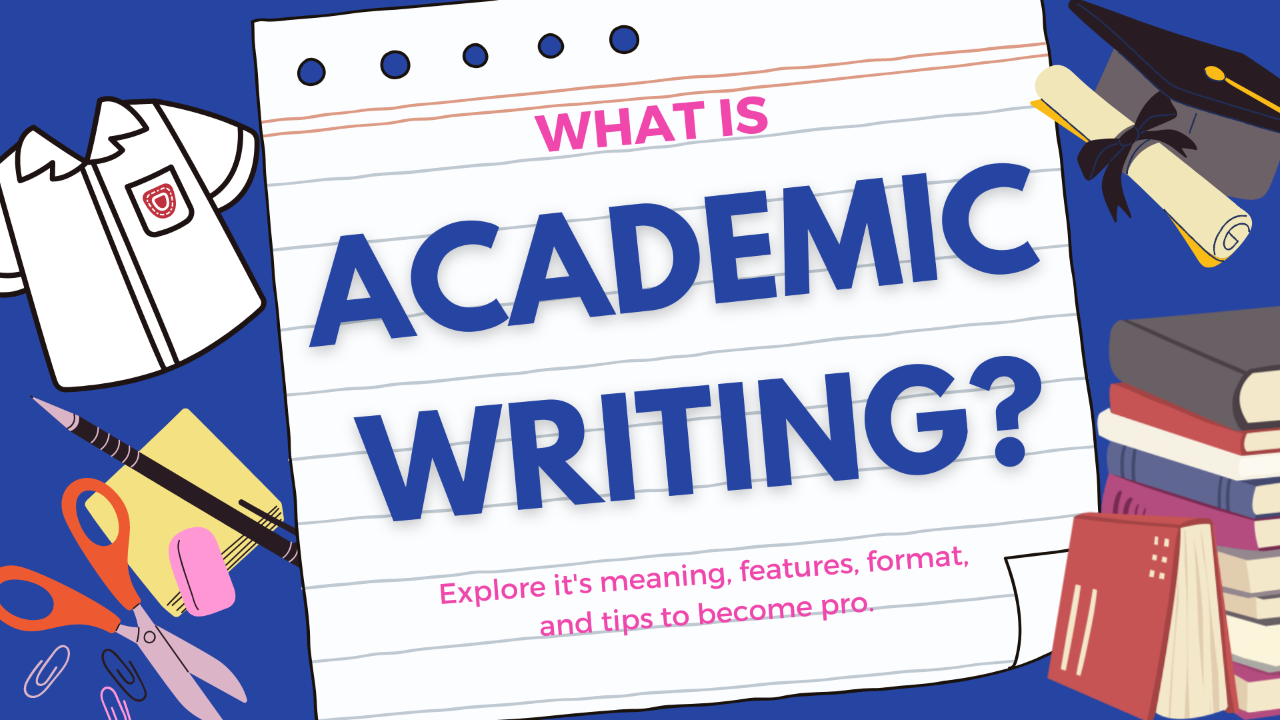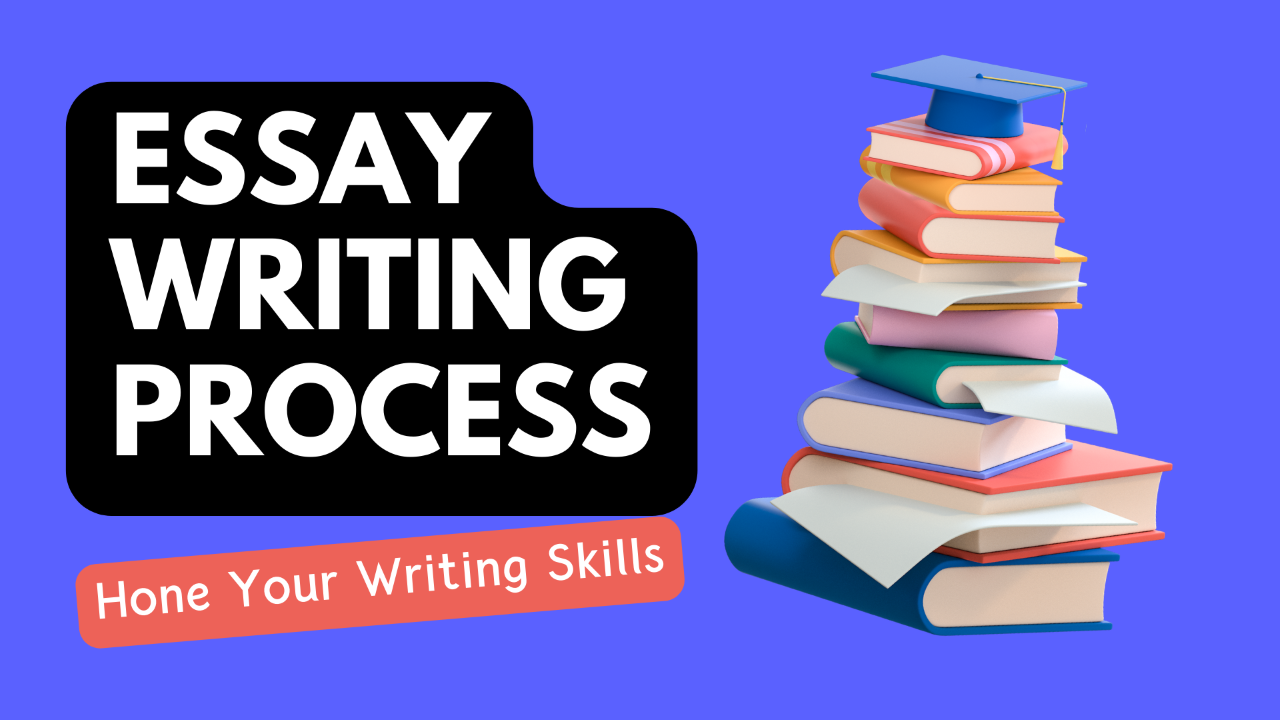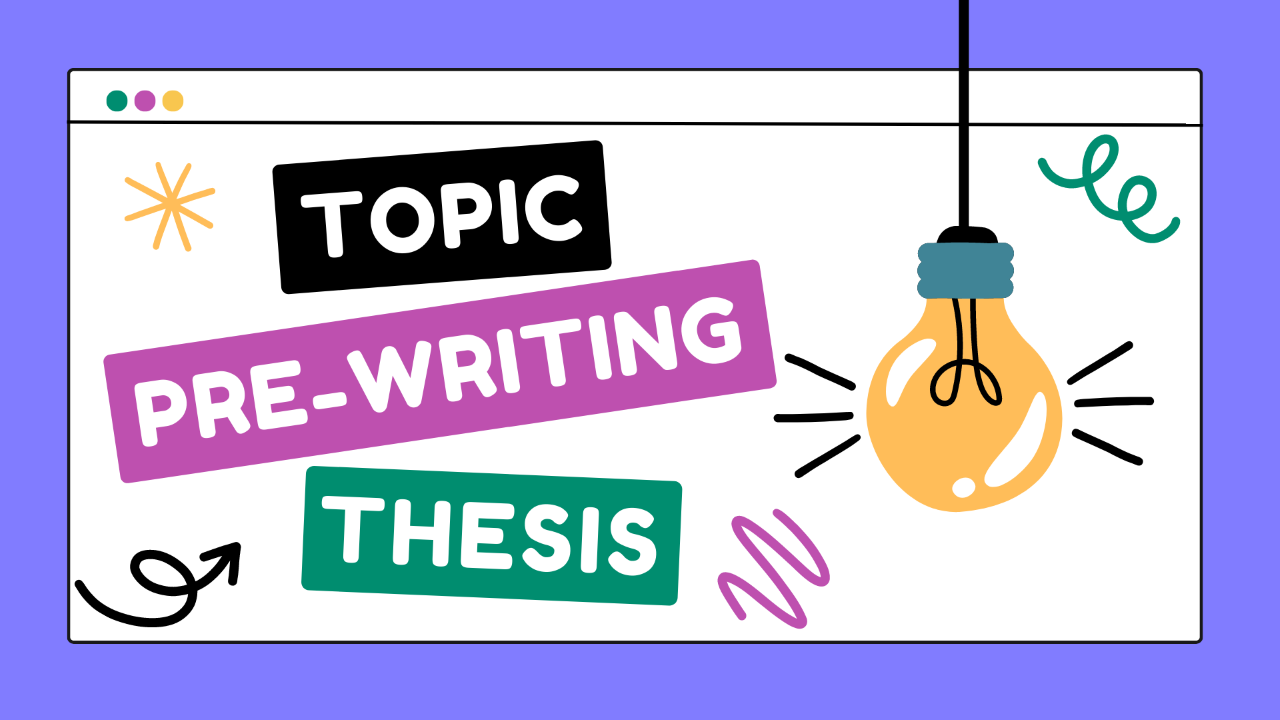
Prewriting Strategies for Powerful Thesis Statements
In the process of writing, the journey from a blank page to a polished masterpiece can often feel like an insurmountable task. However, there exists a strategy that holds the key to unlocking your writing prowess: prewriting. Prewriting, with its transformative power, serves as the crucial foundation for developing a flawless thesis statement for your essays. By engaging in thoughtful planning and exploration of your chosen topic before putting pen to paper (or fingers to keyboard), you can harness the full potential of your ideas and arguments. Let's dive into the realm of prewriting, understanding several types of strategies, and exploring the significance of prewriting in the process of creating a strong thesis for a well-structured essay.
The Significance of Prewriting
The significance of prewriting in the essay planning cannot be overstated. By investing time and effort in prewriting, you lay the groundwork for a successful and well-structured essay. Prewriting allows you to clarify your thoughts, brainstorm ideas, and organize them in a logical manner for your essay topic. It helps you refine your focus, identify key arguments, and develop a strong thesis statement. Furthermore, prewriting enables you to anticipate potential challenges and plan effective strategies to overcome them. By starting with a solid foundation through prewriting, you set yourself up for a smoother and more efficient writing experience, ultimately leading to a well-written and engaging essay.
What is Prewriting?
Prewriting is a planning stage of your essay that involves different types of techniques, where you explore ideas, gather thoughts, and organize your thoughts before diving into the actual writing. Devoting just 5-10 minutes, depending on your available timeframe, to prewriting allows you to establish the key points that will guide you through the rest of your essay writing journey.
What is the Purpose of Prewriting?
The purpose of prewriting is to stimulate creativity, clarity, and coherence in your writing. It helps you clarify your thoughts, refine your ideas, and establish a clear direction for your essay. Prewriting enables you to explore different angles, perspectives, and potential arguments, allowing you to choose the strongest and most compelling points to support your thesis statement. By engaging in prewriting, you can save time and effort by ensuring that your writing flows smoothly and effectively conveys your message to your intended audience.
Benefits of Incorporating Prewriting into Your Essay Writing Process
Incorporating prewriting into your writing process offers a myriad of benefits, making it an indispensable practice for writing different types of academic papers such as research essays, persuasive essays, descriptive essays, narrative essays, expository essays and more. One of the primary advantages of prewriting is its ability to help you overcome writer's block and dispel the fear of facing a blank page. Many writers experience a sense of hesitation when starting a new essay, unsure of how to begin or what ideas to explore for the given topics. However, by engaging in different prewriting strategies such as brainstorming, clustering and mapping, listing, and freewriting, you create a conducive environment that allows your thoughts to flow freely without judgment or self-imposed limitations.
During this initial phase of prewriting, you give yourself the freedom to explore various ideas, perspectives, and potential directions for your writing. By setting a fixed amount of time, solely dedicated to generating ideas without the pressure of immediately producing a polished essay, you open the floodgates of creativity. This uninhibited flow of thoughts and associations enables you to uncover hidden connections, unique insights, and fresh perspectives that you might not have discovered otherwise.
The process of prewriting generates a wealth of possibilities, which can serve as valuable building blocks for your essay. Such as:
- It allows you to consider different angles, evaluate potential arguments, and gather a range of supporting evidence or examples.
- As a result, when you move on to the actual writing phase, you already have a wellspring of ideas to draw from, making it easier to craft a well-rounded and comprehensive piece.
- Your prewriting efforts act as a solid foundation, providing a clear roadmap and structure for your essay, helping you stay focused and ensuring coherence and logical flow.
So, whether you're preparing for an IELTS essay or any other writing endeavor, incorporating prewriting strategies into your essay writing process is a highly effective strategy. By allocating some time, specifically dedicated to prewriting, you create a space for unfiltered creativity and idea generation. Now, let's explore the different types of prewriting strategies and their role in enhancing your essay writing skills.
Exploring Different Types of Prewriting Strategies
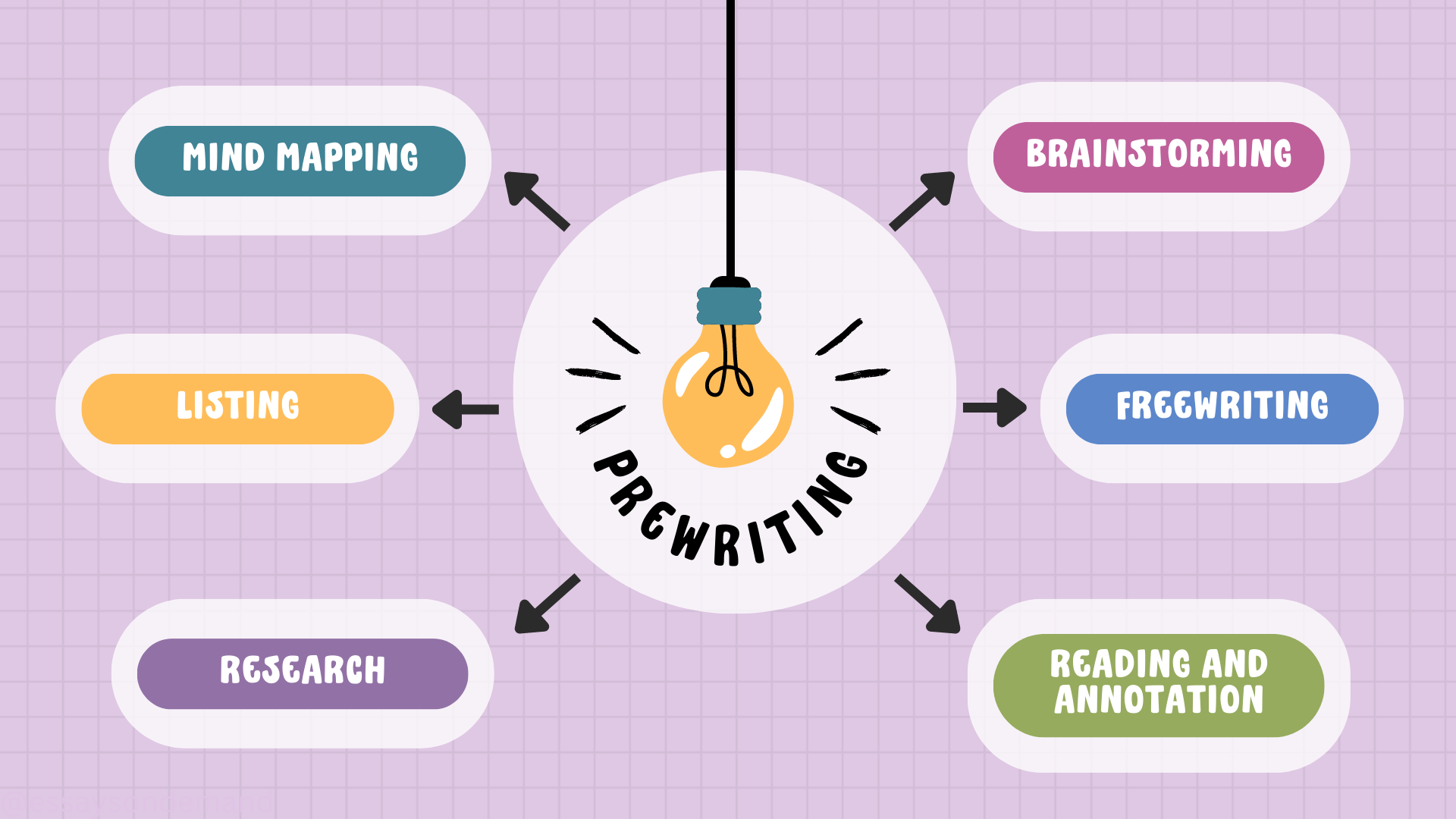
Brainstorming:
Brainstorming is a dynamic and creative prewriting strategy that involves generating a multitude of ideas and potential concepts related to your essay topic. It serves as a powerful tool to stimulate your imagination, explore different perspectives, and spark innovative thoughts. By engaging in brainstorming, you can plan your essay ahead, fostering a sense of direction and clarity as you identify key points, structure your arguments, and establish a cohesive framework for your writing.
Brainstorming helps with essay writing by allowing you to generate a wide range of ideas and possibilities before selecting the most compelling ones to develop further. It helps you break free from writer's block and encourages a free flow of thoughts, enabling you to explore diverse angles and approaches to your topic. This process facilitates the identification of strong arguments, supporting evidence, and relevant examples that will strengthen your essay.
For example, when brainstorming the topic for your essay, you may jot down keywords or phrases associated with the subject matter. Let's say the essay topic is "The Impact of Social Media on Society." During brainstorming, you could generate ideas such as "communication revolution," "influence on relationships," "fake news," "personal branding," and "privacy concerns." These initial ideas serve as a foundation for further exploration and development.
Best practice tip:
Foster a calm and non-judgmental environment during brainstorming sessions, nurturing an atmosphere of open-mindedness and unrestricted thinking. Embrace the freedom to explore ideas without criticism or evaluation, aiming to generate a diverse range of possibilities. This approach enables the emergence of unique and innovative concepts, paving the way for creative breakthroughs and helping to generate the new ideas for your topic.
To practice effective brainstorming, consider the following tips:
- Create a conducive environment: Find a quiet and comfortable space where you can focus without distractions.
- Set a time limit: Allocate a specific time, such as few minutes, dedicated solely for prewriting.
- Embrace unconventional thinking: When it comes to brainstorming, don't shy away from embracing weird, wacky, and wild ideas. These unconventional and seemingly outrageous concepts have the potential to unlock innovative solutions and spark creative breakthroughs. By encouraging the exploration of ideas that push the boundaries of convention, you open up new avenues for thinking and problem-solving.
- Encourage quantity over quality: Aim to generate as many ideas as possible, even if they initially seem unrelated or unconventional.
By utilizing brainstorming strategy into your writing process you opens a wide range of possibilities, strengthen your arguments, and ultimately craft a more impactful and engaging essay. Try this powerful strategy and witness how it propels your writing to new heights of creativity and insight.
Freewriting:
Freewriting is a liberating and spontaneous prewriting strategy that involves continuous writing for a set period of time without pausing or self-censorship. It serves as a powerful strategy to unleash creativity, overcome writer's block, and tap into subconscious thoughts and ideas. Through freewriting, writers can delve deep into their thoughts and explore new perspectives on a given essay topic.
Unlike traditional brainstorming, freewriting goes beyond jotting down single words or phrases. It encourages writers to immerse themselves in a flow of consciousness, allowing ideas, associations, and reflections to pour onto the page without judgment or restraint. The primary purpose of freewriting is to bypass the inner critic and foster a state of uninhibited expression, enabling the emergence of fresh insights and unexpected connections.
For example, during a freewriting session on the topic of "The Importance of Self-Reflection," you may begin by writing a few initial thoughts or questions related to the subject matter. As you continue writing without pause, you might find yourself exploring personal experiences, introspective musings, and even tangential ideas that you hadn't considered before. This process of uninhibited writing allows for a stream of consciousness to unfold, often leading to surprising revelations and innovative perspectives.
Best practice tip:
Freewriting is a powerful tool that unleashes the writer's creativity by setting their thoughts free, leading to uncharted realms of inspiration.
To practice effective freewriting, consider these tips:
- Set a timer: Allocate a specific timeframe, such as 5 minutes, depending upon the total time you dedicated solely to prewriting.
- Write continuously: Keep your pen moving or your fingers typing without interruption, even if the thoughts seem disjointed or unrelated.
- Embrace spontaneity: Don't worry about grammar, punctuation, or structure. Focus on capturing your thoughts as they arise, allowing them to flow freely.
- Avoid self-censorship: Resist the temptation to judge or evaluate your writing as you go. Instead, create a safe space for uninhibited expression.
- Stay focused: If your mind wanders, gently bring your attention back to the topic at hand and continue writing.
By integrating freewriting into your prewriting process, you tap into a vast wellspring of ideas and perspectives that might have otherwise remained concealed. This strategy helps bypass self-doubt, stimulates creativity, and paves the way for deeper exploration and self-discovery.
Clustering & Mapping:
Clustering and mapping are powerful prewriting strategies that harness the visual aspect of organizing ideas. These methods facilitate the exploration of connections and relationships between concepts, enabling a deeper understanding of the essay topic and enhancing the writing process. By visually representing the interplay of ideas, clustering and mapping provide a clear roadmap for structuring and developing your essay.
In essay writing, clustering involves creating a visual representation of ideas by jotting down keywords or phrases and connecting them through lines or arrows. This technique helps to identify main themes, subtopics, and supporting points, allowing you to see the bigger picture and the relationships between different components of your essay. Mapping, on the other hand, involves creating a more structured visual diagram with branches, sub-branches, and connectors to represent the hierarchical organization of ideas.
For example, when using clustering and mapping for an essay on "The Impact of Technology on Education," you might start with the main topic in the center of the page and branch out to subtopics such as "Benefits," "Challenges," and "Future Trends." From each subtopic, further branches can be extended to include supporting points and relevant evidence. This visual representation helps you grasp the overall structure of your essay, making it easier to develop a well-organized and cohesive piece of writing.
Best practice tip:
Mapping lets you see the whole essay and how the parts fit together.
This tip emphasizes the empowering nature of clustering and mapping strategies. By visually mapping out your ideas and connections, you unlock a sense of boldness and possibility, enabling you to tackle complex topics with confidence and creativity. Here are some more tips to practice clustering and mapping strategies effectively:
- Start with a central topic or main idea and create branches for subtopics and supporting points.
- Use lines, arrows, or other visual cues to indicate relationships and connections between ideas.
- Keep the structure flexible and adaptable, allowing for adjustments and additions as your ideas evolve.
- Experiment with different layouts and formats, such as mind maps, concept maps, or spider webs, to find what works best for you.
- Use colors, symbols, or icons to visually distinguish between different types of ideas or levels of importance.
By including clustering and mapping strategy into your writing strategy, you gain a valuable source of rough drawings for planning and organizing your essay. These visual strategies enhance your ability to outline main points, establish a roadmap, and ensure the smooth flow of ideas in your essay writing.
Listing:
Listing is a simple yet effective prewriting strategy that involves creating a sequential list of ideas, points, or details related to a particular topic. It serves as a valuable technique in structuring an essay by helping to generate and organize thoughts, establish a clear structure, and identify key elements to be addressed in your essay.
When using the listing technique, you jot down ideas or points in a linear fashion, one after the other, without worrying about the order or hierarchy at first. This process allows you to quickly capture your thoughts and ensure that no relevant ideas are overlooked. By creating a comprehensive list, you create a solid foundation for your essay and gain a clearer understanding of the main points you want to discuss.
For example, when listing ideas for an essay on "The Importance of Physical Exercise," your list may include points such as "Improved cardiovascular health," "Increased mental well-being," "Enhanced immune system," and "Reduced risk of chronic diseases." This listing exercise helps you identify the key aspects to be covered in your essay and serves as a reference point for your essay outline.
Best practice tip:
Almost all good writing begins with terrible first efforts. You need to start somewhere.
This quote emphasizes the significance of listing as a starting point in the writing process. It encourages writers to adopt the imperfect nature of initial drafts and recognize the value of getting ideas down on paper, even if they are not yet polished or refined. Here are some of the tips for practicing listing you need to further consider:
- Begin by brainstorming a wide range of ideas or points related to your essay topic.
- Write down each idea or point as a separate item in a list, focusing on capturing the essence of each concept.
- Don't worry about the order or organization initially; simply let the ideas flow.
- Review and revise your list, reordering or grouping related items together to create a logical structure.
- Use the list as a guide while developing your essay, ensuring that you address each point effectively.
Listing is a valuable prewriting strategy that allows you to quickly generate ideas, establish a clear structure, and identify key elements for your essay. Acknowledge the initial messiness of the process, for it is through these imperfect beginnings that you lay the groundwork for a strong and coherent essay.
Researching:
Researching is a fundamental prewriting strategy that involves gathering information, facts, and evidence to support your essay. It plays a vital role in essay development by enriching your content, strengthening your arguments, and providing a solid foundation for your writing. Through diligent research, you delve into various sources to acquire knowledge and insights, ensuring the accuracy, credibility, and depth of your essay.
For example, let's imagine you are writing an essay on the impact of social media on society. During the researching phase, you come across a scholarly article that discusses the psychological effects of excessive social media use. The article presents findings from a research study conducted by experts in the field, highlighting the correlation between prolonged social media exposure and increased feelings of loneliness and depression.
As you delve deeper into your research, you discover a relevant statistic from a reputable source that states, "Over 70% of teenagers reported feeling anxious and left out when they see their peers' highly curated social media posts" (Source: National Institute of Mental Health). This statistic serves as a compelling piece of evidence to support your argument about the negative psychological impacts of social media on young people.
Furthermore, your research leads you to an interview with a psychologist who specializes in the effects of social media. In the interview, the expert shares valuable insights on the addictive nature of social media platforms and the potential long-term consequences on mental health. This expert opinion adds depth and credibility to your essay, showcasing a well-rounded understanding of the topic.
By using these research findings, statistics, and expert opinions into your essay, you strengthen your arguments, demonstrate your knowledge of the subject, and provide a solid foundation of evidence. Researching not only enhances the overall quality of your essay but also allows you to contribute to the existing body of knowledge on the topic, making your essay informative and impactful.
Best practice tip:
Writing and research are inseparable. The more you know, the more you have to say.
This tip emphasizes the intertwined nature of writing and research, highlighting how thorough research enhances the quality and depth of your writing. Let's explore some more tips you may want to consider for practicing research strategy:
- Begin with a clear research question or objective to guide your exploration.
- Utilize a variety of reputable sources, such as scholarly articles, books, reputable websites, and academic databases.
- Take organized notes, citing your sources accurately to avoid plagiarism.
- Analyze and critically evaluate the information gathered to ensure its relevance and reliability.
- Keep track of your sources for easy referencing and citation in your essay.
- Keep track of your sources for easy referencing and citation in your essay.Strive for a balance between incorporating researched information and expressing your own analysis and interpretation.
Researching is a beneficial prewriting strategy that enriches your academic essay writing skills by providing valuable information, supporting evidence, and diverse perspectives. By engaging in thorough research, you enhance the credibility, depth, and overall quality of your essay. Embrace the power of researching as you begin on your writing journey, and let it empower your essay with knowledge, authority, and compelling arguments.
Creating a Strong Thesis Statement
The thesis statement, usually a sentence or two, serves as the backbone of any well-crafted essay, providing a clear and concise expression of the main argument or central idea. It acts as a roadmap for your essay, guiding both you as the writer and your readers throughout the writing process.
Definition and Significance of an Effective Thesis Statement
A thesis statement is a concise declaration that encapsulates the main point or argument of an essay. It presents a clear position or perspective that the writer aims to support and defend throughout the essay. An effective thesis statement not only sets the direction for the essay but also helps to maintain focus and coherence in your writing.
Characteristics of a Strong Thesis Statement
A strong thesis statement exhibits several key characteristics. It is specific, clearly stating the main idea and the scope of the essay. It is also arguable, presenting a claim that can be supported with evidence and reasoning. Furthermore, a strong thesis statement is concise, avoiding vague language or broad generalizations. Lastly, it is relevant to the topic and purpose of the essay, providing a clear roadmap for the reader.
Connection Between Prewriting & Thesis Statement
Prewriting strategies play a crucial role in the development of a compelling thesis statement. By engaging in prewriting techniques such as brainstorming, clustering, freewriting, and researching, you can explore and gather ideas, perspectives, and evidence related to your essay topic. Prewriting allows you to uncover connections, identify patterns, and refine your thinking, enabling you to formulate a well-supported and focused thesis statement.
During the prewriting phase, you have the opportunity to generate a multitude of ideas and perspectives that can develop and strengthen your thesis statement. Through brainstorming, you can generate a wide range of possible arguments and supporting points. Freewriting allows you to freely explore your thoughts and ideas without the constraint of structure or judgment. Researching provides you with the necessary information and evidence to support your thesis statement. clustering and mapping are visual techniques that help you visually organize your ideas and their relationships. Listing is another effective technique that allows creating a simple list of ideas, arguments, or points related to your essay topic.
By utilizing different types of prewriting strategies, you can refine your thesis statement, ensuring that it is well-developed, precise, and aligned with your essay's purpose. Prewriting aids in organizing your thoughts, identifying the main arguments, and establishing the logical flow of your essay.
Qualities of a Strong Thesis Statement
A strong thesis statement possesses several key qualities that make it effective and impactful. It serves as the foundation of your essay, guiding your arguments and providing a clear focus for your writing. Let's explore the qualities that contribute to a strong thesis statement:
- Specific: A strong thesis statement is specific, clearly defining the scope and direction of your essay. It avoids vague or general statements and instead narrows down the topic to a specific aspect that you can address in a comprehensive manner. By being specific, your thesis statement provides a clear roadmap for your readers, indicating what they can expect to encounter in your essay.
- Precise: Precision is crucial in a strong thesis statement. It ensures that your statement is concise and focused, avoiding unnecessary or vague language. A precise thesis statement gets straight to the point and conveys your main argument in a clear and succinct manner. It allows you to convey your message effectively without confusion or ambiguity.
- Arguable: An arguable thesis statement is one that invites discussion, debate, and analysis. It presents a claim or position that is not universally accepted or obvious. Instead, it sparks interest and prompts readers to consider different perspectives or interpretations. An arguable thesis statement sets the stage for a compelling essay, encouraging critical thinking and engaging readers in a thought-provoking discourse.
- Demonstrable: A strong thesis statement is backed by evidence and can be demonstrated through logical reasoning and supporting examples. It is not merely an opinion or belief but rather a statement that can be supported by relevant facts, research, or examples from reliable sources. By providing evidence and demonstrating the validity of your thesis statement, you strengthen the credibility and persuasiveness of your essay.
- Forceful: A forceful thesis statement has impact and asserts a strong stance. It conveys a sense of conviction and confidence in your argument, capturing the attention of your readers. A forceful thesis statement makes a bold claim or position that compels readers to take notice and consider your perspective. It adds strength and persuasiveness to your essay, leaving a lasting impression on your audience.
- Confidence: Confidence is key in a strong thesis statement. It reflects your belief in the validity and significance of your argument. A confident thesis statement instills trust and credibility in your readers, convincing them that you have a solid understanding of the topic and have conducted thorough research. Confidence in your thesis statement inspires confidence in your entire essay.
A strong thesis statement possesses the qualities of being specific, precise, arguable, demonstrable, forceful, and confident. These qualities ensure that your thesis statement effectively communicates your main argument and provides a clear roadmap for your essay. By crafting a strong thesis statement, you set the stage for a well-structured, compelling, and engaging essay.
Process of Creating a Strong Thesis Statement
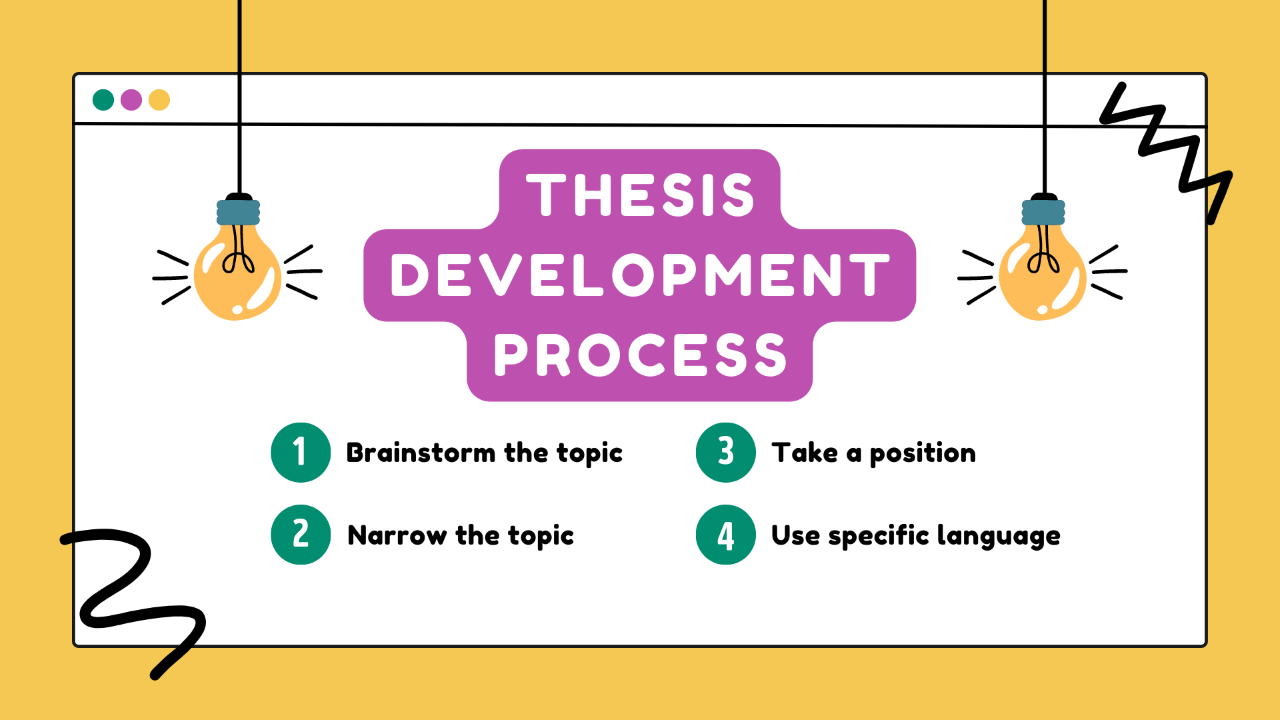
Formulating an effective thesis statement is crucial in the essay writing process because it establishes the direction and purpose of your paper. A well-developed thesis captures the essence of your position on the topic and serves as a guiding force for your readers throughout the essay. The placement of your thesis statement in the introductory paragraph of your essay is flexible, allowing for it to be positioned either before or after an outline of the key points. Regardless of its placement, your thesis statement should encompass the three key components:
- Taking a stand on the topic
- Incorporating specific details
- And expressing the main idea
Let's provide an example of a thesis statement and its corresponding topic, while highlighting the key components that make it strong and effective. By examining this example, we can better understand the process of developing a thesis statement that takes a stand, includes specific details, and expresses the main idea of the paper. Let's say you are writing an essay on the topic of:
The Impact of Social Media on Society
Then, an example of a thesis statement would be ( Hover over or click on the highlighted phrases to reveal a detailed description of the thesis development process.):
Example of a thesis statement
The pervasive influence of social media on society has both positive and negative implications, shaping interpersonal communication, influencing societal norms, and challenging privacy boundaries.
In this example, the thesis statement for the topic "The Impact of Social Media on Society" demonstrates the process of developing a strong and focused thesis statement. It takes a clear stand, includes specific details, and expresses the main idea of the paper. By considering these key components, you can develop a well-developed thesis statement that effectively guides your essay and engages your readers. Remember, a strong thesis statement sets the stage for a well-structured and compelling argument.
Checklist: Prewriting & Thesis Statment
0/14
Free Sample Essays & Papers
Download free PDF examples of essays and papers in various subjects, all with different citation styles! Get inspired, conquer writer's block, and find the perfect format for your next assignment. Click to download now!

